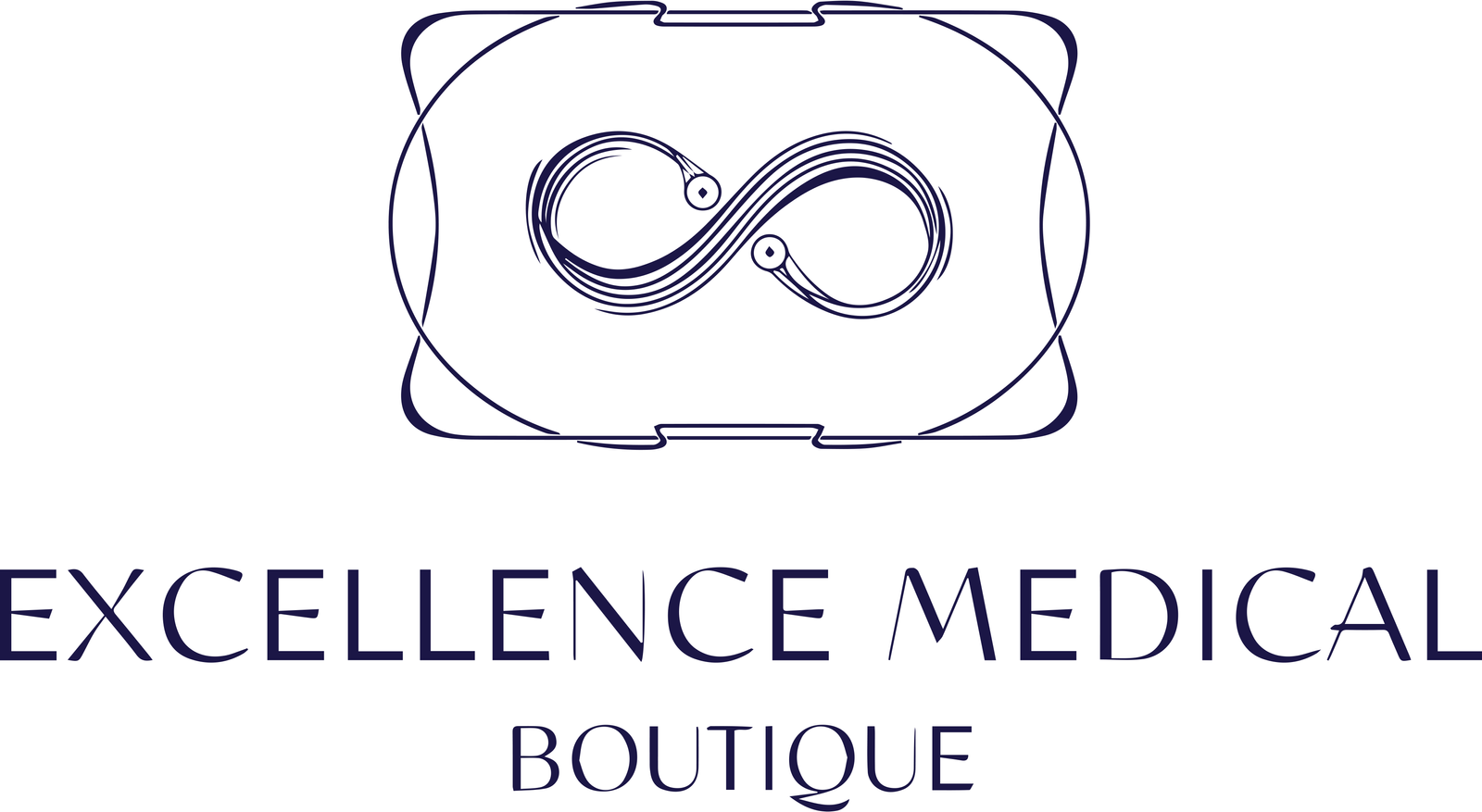STEM CELLS
AND PRP
Stem cell therapy uses undifferentiated cells that can differentiate into various cell types to repair or regenerate damaged tissues or organs and is effective in treating various medical conditions, including sports injuries, osteoarthritis, spinal cord injuries, heart disease, and neurological disorders.
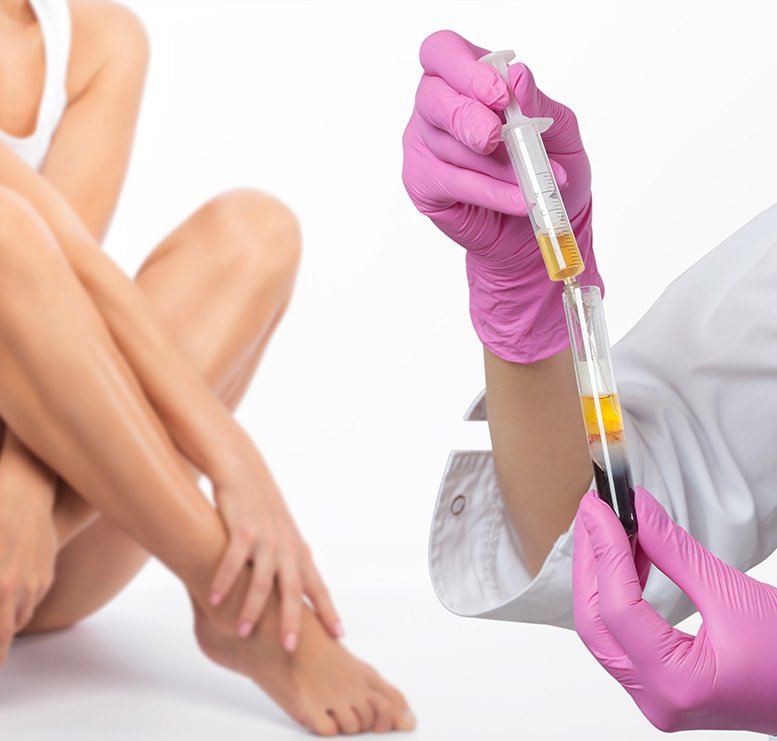
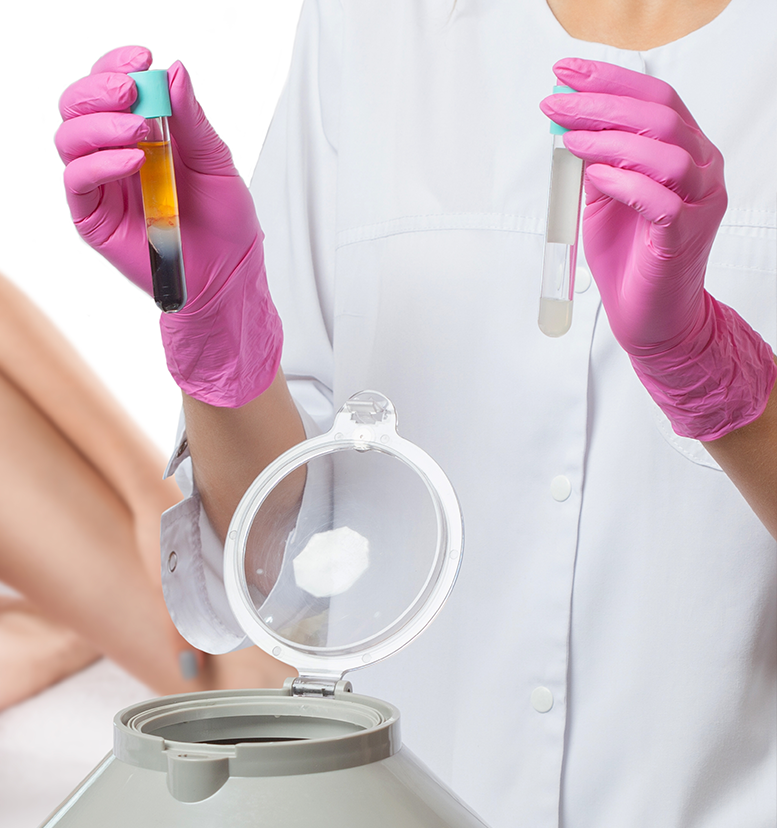
Stem cells are a regenerative therapy that is increasingly being used to treat a wide range of medical conditions.
Stem cells are undifferentiated cells that have the ability to differentiate into a wide range of cell types, including bone, muscle, and nerve cells. They also have the ability to self-renew, which means they can continue to divide and produce new cells. Stem cells can be found in many different tissues in the body, including bone marrow, adipose tissue, and umbilical cord blood.
Stem cell therapy involves the use of stem cells to repair or regenerate damaged tissues or organs. This can be done by injecting stem cells directly into the affected area or by implanting stem cells that have been grown in the laboratory into the body.
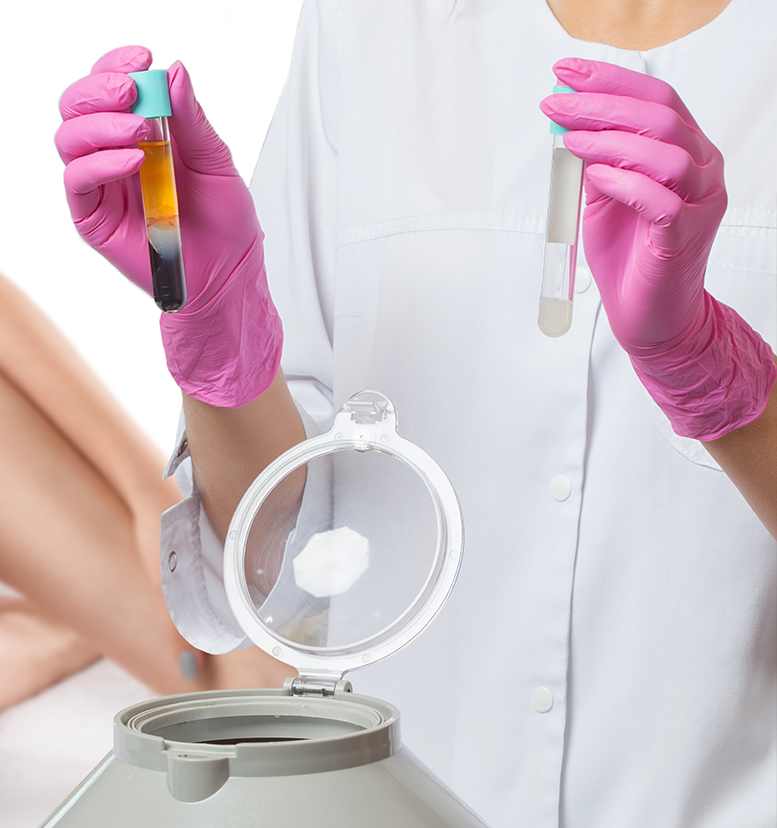
STEM CELLS
AND PRP
Stem cell therapy uses undifferentiated cells that can differentiate into various cell types to repair or regenerate damaged tissues or organs and is effective in treating various medical conditions, including sports injuries, osteoarthritis, spinal cord injuries, heart disease, and neurological disorders.
READ MORE
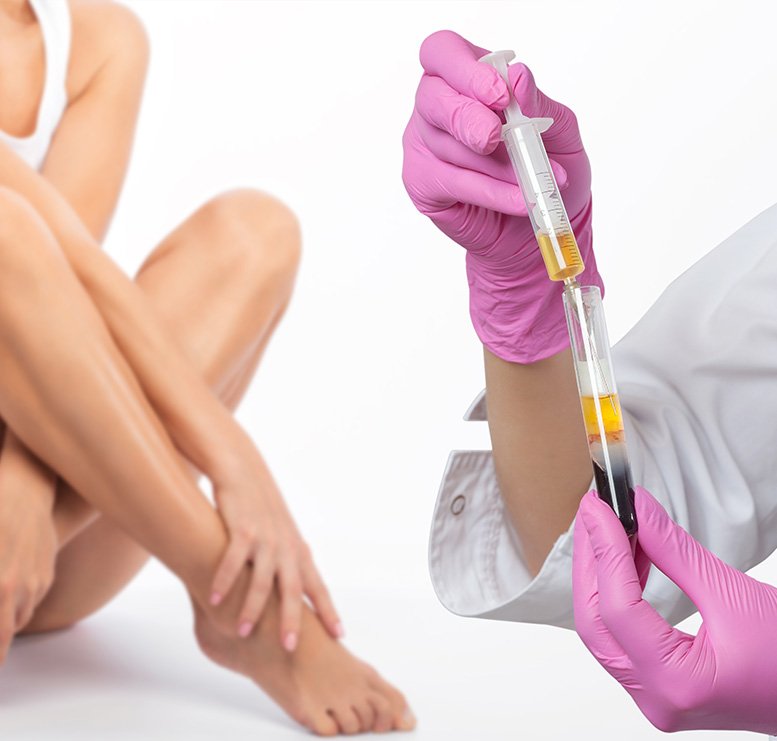
Stem cells are a regenerative therapy that is increasingly being used to treat a wide range of medical conditions.
Stem cells are undifferentiated cells that have the ability to differentiate into a wide range of cell types, including bone, muscle, and nerve cells. They also have the ability to self-renew, which means they can continue to divide and produce new cells. Stem cells can be found in many different tissues in the body, including bone marrow, adipose tissue, and umbilical cord blood.
Stem cell therapy involves the use of stem cells to repair or regenerate damaged tissues or organs. This can be done by injecting stem cells directly into the affected area or by implanting stem cells that have been grown in the laboratory into the body.
DIFFERENT TYPES
There are several different types of stem cells, including:
EMBRYONIC STEM CELLS:
ADULT STEM CELLS:
INDUCED PLURIPOTENT STEM CELLS (IPSCS):
THE ADVANTAGES OF
STEM CELLS
Tissue regeneration: Stem cells have the potential to regenerate damaged tissues and organs, which can help restore function and improve quality of life.
Personalized medicine: Stem cell therapy can be personalized to the individual patient, taking into account factors such as genetics, disease history, and lifestyle to optimize treatment outcomes.
Reduced risk of rejection: When stem cells are derived from the patient's own tissues, there is a reduced risk of rejection or other complications.
Minimal invasiveness: Many stem cell therapies are minimally invasive and have a low risk of side effects, making them a safer option for many patients.
It is important to note that like any surgical or non-surgical procedure, there are risks and potential complications.
Patients should carefully consider their options and consult with a qualified and experienced cosmetic surgeon before proceeding with any procedure.
